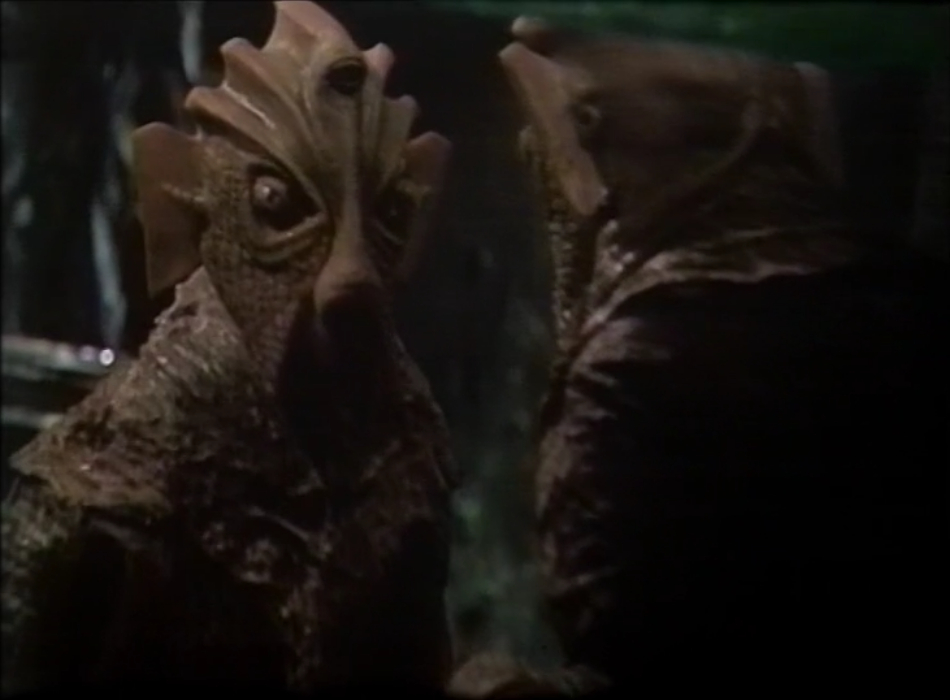
by Gideon Marcus
Out, damn spot!
A couple of weeks ago, Victoria Silverwolf offered us a tidbit on the latest solar eclipse. I've since read a bit more about the scientific side of things and thought I'd share what I've learned with you.
It was the first total solar eclipse to be seen over heavily populated areas of U.S. since 1925, greeted by millions of viewers who crowded the beaches, towns, and islands where viewing was most favorable. The eclipse cut a nearly 100 mile wide swath through Mexico, Florida, Georgia, the Carolinas, Virginia, and Nantucket Island, Mass. It was 96% total in New York City and 95% in the nation's capital.
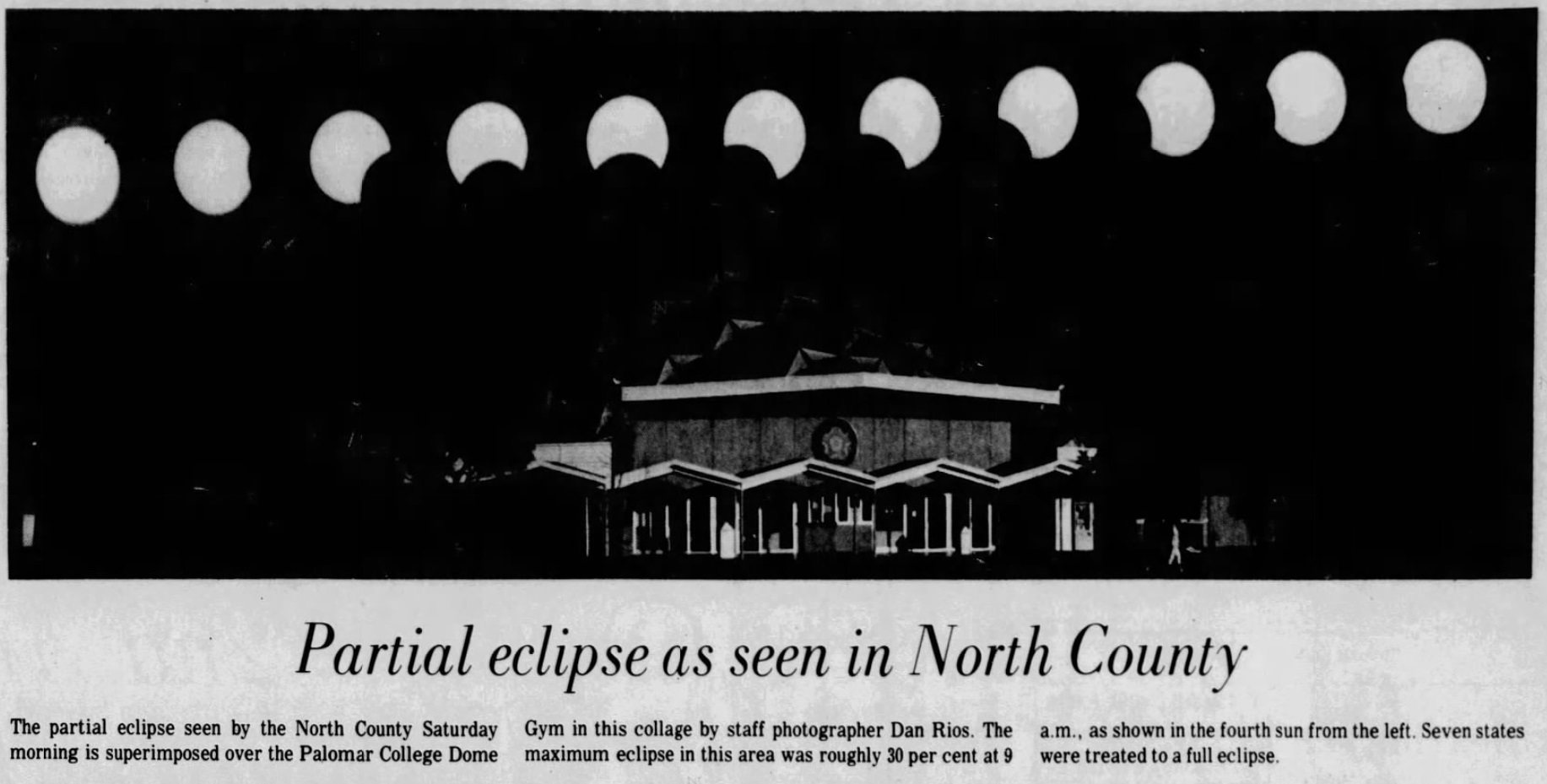
a clipping from Escondido's Times-Advocate
But ground viewing was only the beginning. NASA employed a flotilla of platforms to observe the eclipse from an unprecedented variety of vantages. A barrage of sounding rockets (suborbital science probes) were launched during the eclipse to take measurements of the Earth's atmosphere and ionosphere.
In space, radio signals from Mars probe Mariner 6, currently on the far side of Sun, were measured to determine how the eclipse affected communications and to study changes in charged particles in earth’s atmosphere.
Two Orbiting Solar Observatories, #5 and #6, pointed their instruments at the Sun to gather data on the solar atmosphere, while Advanced Test Satellite #3 took pictures of the Moon's shadow on the Earth from more than 20,000 miles above the surface. Three American-Canadian satellites, Alouette 1, Alouette 2, and Isis 1, all examined the change the eclipse caused in the Earth's ionosphere.
Earthside telescopes got into the mix, too: Observers from three universities and four NASA centers at sites in Virginia and Mexico not only got great shots of the solar corona, but also of faint comets normally washed out in the glare of the Sun.
I can't imagine anyone in 1925 but maybe Hugo Gernsback could have foreseen how much attention, and from how many angles such attention would be applied, during the 1970 eclipse. It's just one more example of how science fiction has become science.
Waiting for the dawn
The last two months of The Magazine of Fantasy and Science Fiction weren't too hot. Does the latest issue mark a return of the light or continued darkness? Let's find out…

cover by Chesley Bonestell
Continue reading [March 20, 1970] Here comes the sun (April 1970 Fantasy and Science Fiction) →



![[April 30, 1970] Praise for the Resident Witch (May 1970 <i>Analog</i>)](https://galacticjourney.org/wp-content/uploads/2025/04/700430analogcover-672x372.jpg)
![[April 20, 1970] Not the final quarry (May 1970 <i>Fantasy and Science Fiction</i>)](https://galacticjourney.org/wp-content/uploads/2025/04/700420fsfcover-653x372.jpg)
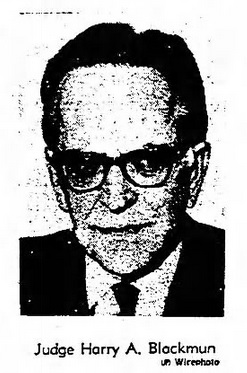
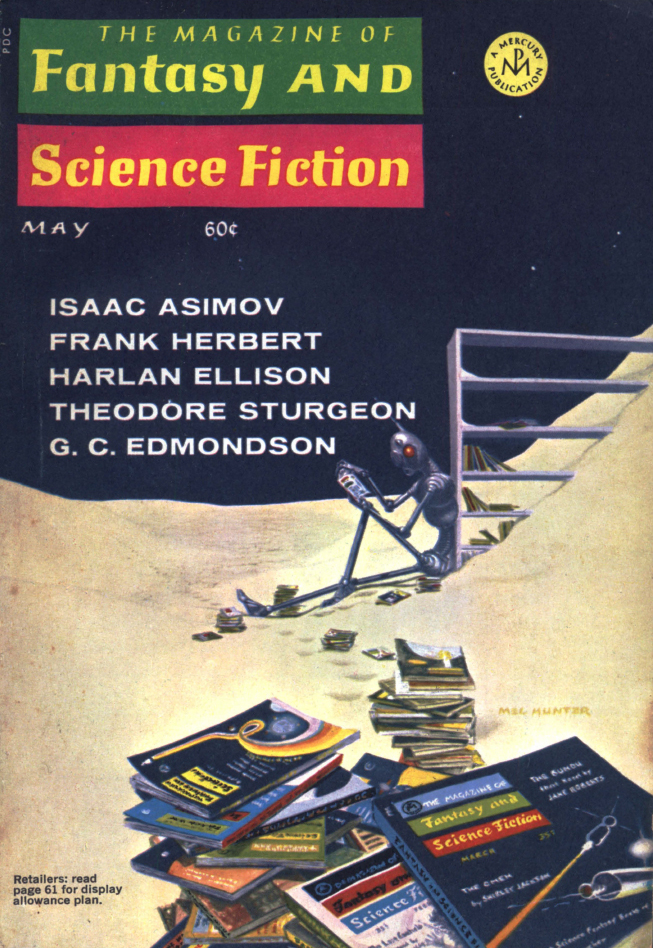
![[April 18th, 1970] The Spaceman Who Came In From The Cold (<i>Doctor Who</i>: The Ambassadors Of Death [Parts 1-4])](https://galacticjourney.org/wp-content/uploads/2025/04/700418naptime-672x372.jpg)

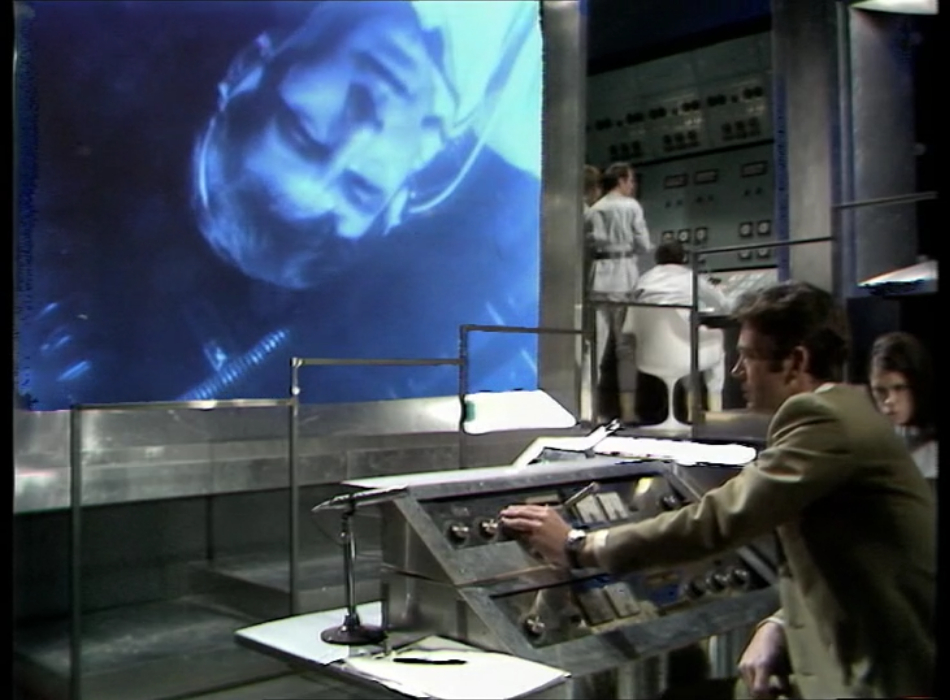
![[April 16, 1970] Junk Day for Ice Crowns (April 1970 Galactoscope)](https://galacticjourney.org/wp-content/uploads/2025/04/700420covers-672x372.jpg)
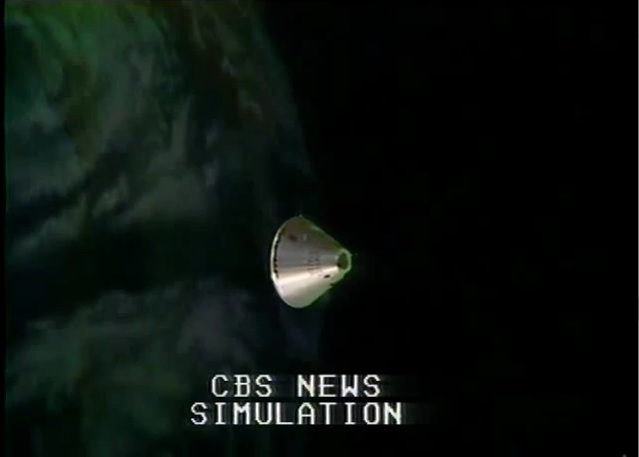


![[April 10, 1970] A Style in Treason (May 1970 <i>Galaxy</i>)](https://galacticjourney.org/wp-content/uploads/2025/04/700410galaxycover-651x372.jpg)






![[April 6, 1970] Uncovered (May 1970 <i>Amazing</i>)](https://galacticjourney.org/wp-content/uploads/2025/04/amz-0570-cover-672x372.png)



![[March 31, 1970] Seed stock (April 1970 <i>Analog</i>)](https://galacticjourney.org/wp-content/uploads/2025/03/700331analogcover-672x372.jpg)

![[March 24, 1970] 200 Not Out (New Worlds, April 1970)](https://galacticjourney.org/wp-content/uploads/2025/03/NW-4-70-cover-672x372.png)


![[March 20, 1970] Here comes the sun (April 1970 <i>Fantasy and Science Fiction</i>)](https://galacticjourney.org/wp-content/uploads/2025/03/700320fsfcover-651x372.jpg)


![[March 16th, 1970] The Fatal Flaw (<i>Doctor Who</i>: Doctor Who And The Silurians)](https://galacticjourney.org/wp-content/uploads/2025/03/700316peaceinourtime-672x372.jpg)
